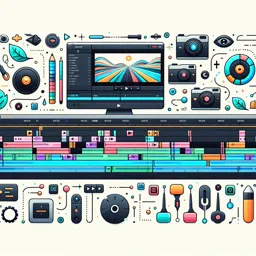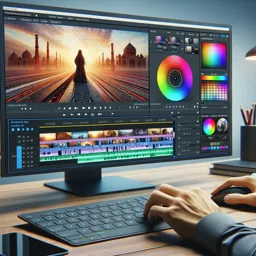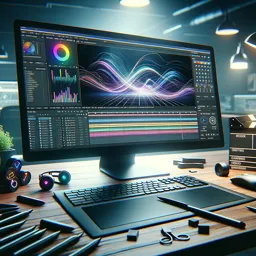Sound design is a crucial yet sometimes overlooked element in video editing. When skillfully applied, it not only complements but enhances the visual storytelling, creating a richer and more immersive viewer experience. Whether you are a novice or a seasoned editor, understanding how to harness the power of sound design can set your projects apart.
What Is Sound Design in Video Editing?
Sound design involves the thoughtful creation, selection, and layering of audio elements such as music, dialogue, sound effects, and ambience within a video. While visuals captivate the eyes, sound captivates emotions, drawing viewers deeper into the narrative. The right audio can make scenes more dramatic, comedic, suspenseful, or emotionally resonant.
Core Elements of Sound Design
- Ambience: Background sounds that establish location and tone, like birds chirping in a forest or traffic hum in a city street.
- Foley: Custom-recorded everyday sounds like footsteps, door creaks, or clothing rustles that sync with on-screen actions.
- Sound Effects: Specific audio cues that accentuate actions or emotions, such as swooshes during transitions or thunder for drama.
- Dialogue: The clarity and placement of spoken words, requiring cleaning, equalizing, or panning for impact and realism.
- Music: Background scores, themes, and stings that reinforce mood and pacing.
How Sound Design Transforms Video
Sound can elevate even the simplest visuals. A well-timed sound cue heightens anticipation, while silence can create tension. Layered background sounds add richness and context, making scenes feel authentic. Expressive soundtracks guide viewers’ emotions, while subtle sound effects make the onscreen world tangible.
Tips for Effective Sound Design in Video Editing
- Start with a Sound Plan: Decide early the role sound will play in your story. Sketch a rough sound map before editing.
- Select High-Quality Audio: Use good microphones and quality sound libraries. Poor audio breaks immersion regardless of visuals.
- Layer and Balance: Mix your elements carefully. Ensure dialogue is intelligible, music supports without overpowering, and effects feel natural.
- Enhance with Creative Effects: Experiment with reverb, EQ, and other effects to match each scene’s tone and environment.
- Use Silence Wisely: Sometimes, less is more—a pause or well-timed silence can be as powerful as any sound.
Conclusion
Sound design has the transformative power to turn an ordinary video into a cinematic experience. By mastering its principles and tools, you unlock new dimensions in your editing workflow, allowing your stories to resonate long after the visuals fade.
































